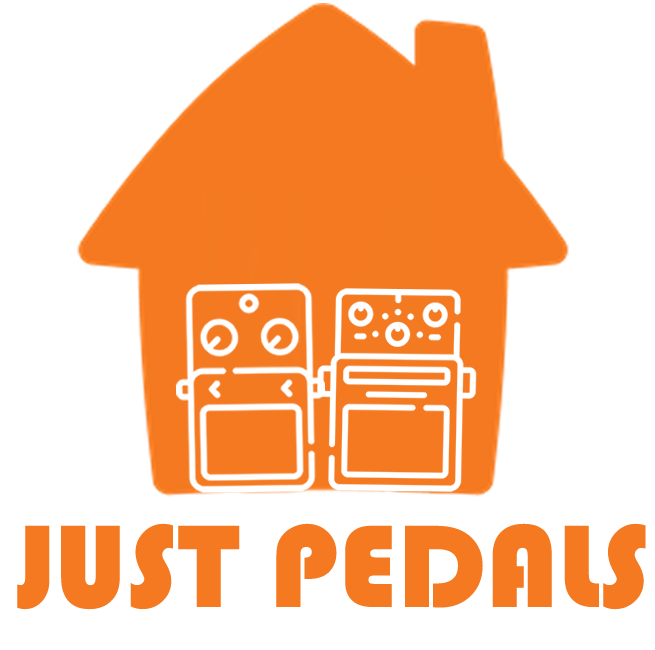just a load of Wah Video – Expectation VS Reality | Wah Pedal |
Wah Video – Expectation VS Reality | Wah Pedal |
SONICAKE Delay and Reverb Guitar Bass Effects Pedal Sonic Ambience Multi Mode Tap Tempo
£37.99 £34.19
4 Mode Delay and 4 Mode Reverb in One Small Pedal Maximum 2000ms Delay Time with Tap Tempo Function Tap Tempo Function for Real-time RATE Control Special Design Buffer Bypass Circuit Keeps the Sound Pristine Guitar Bass Effects Pedal working with 9V … read more
LEKATO Triple Guitar Looper Built-in Tuner Synchronous Recording Electric Auto Guitar Loop Effect Pedal Unlimited Overdub 18 Minutes Recording Time Looper Station for Guitars Bass Keyboard
£49.99
【Synchronous Recording & Tuner Function】LEKATO guitar looper with synchronous recording mode that can enter the recording state at any time during playback to avoid missing any moment. And it built-in high sensitivity tuning function. Continuous swit… read more
LEKATO Drum Looper Pedal with Tuner, 4-11 Minute Loops, App for Customizing Drum Grooves for Electric Guitar and Bass, Tap Tempo
£57.99
【3 in 1 Looper&Drum&Tuner】This drum looper is equipped with 44.1kHz, 24bit high-quality looper and drum machine. Built-in high quality tuner, for the note names with sharp or flat signs. 【30 Drum Rhythms】LEKATO Drum Buddy is built in preset 30 drums,… read more
Behringer VINTAGE DELAY VD400 Vintage Analog Delay Effects Pedal, Grey
£21.30
Authentic Analog Delay: Experience true Bucket Brigade-style delay with up to 300 ms of vintage echo that captures the classic 1960s studio sound Superior Noise Reduction: Enjoy clear, rich delay tones thanks to a top-notch noise reduction circuit th… read more
JOYO Tremolo Effect Pedal Beloved Old Amps Photoelectric Tube Circuitry Tremolo for Electric Guitar Effect – True Bypass (JF-09)
£29.99 £25.49
JOYO Tremolo guitar effect pedal, is the tremolo of the beloved classic tube amplifiers–using the same photoelectric tube circuitry as the trem in those amps of old. Knobs "Intensity" and "Rate" make it easy to adjust the tone and vibe. On the left,… read more
Boss DS-2 Turbo Distortion Guitar Effects Pedal
£86.00 £76.60
Classic BOSS distortion tones with added Turbo modes Turbo Mode I produces warm and mellow distortion with flat frequency response Turbo Mode II provides biting distortion with a mid-range boost, perfect for leads Built-in remote jack allows users to… read more














